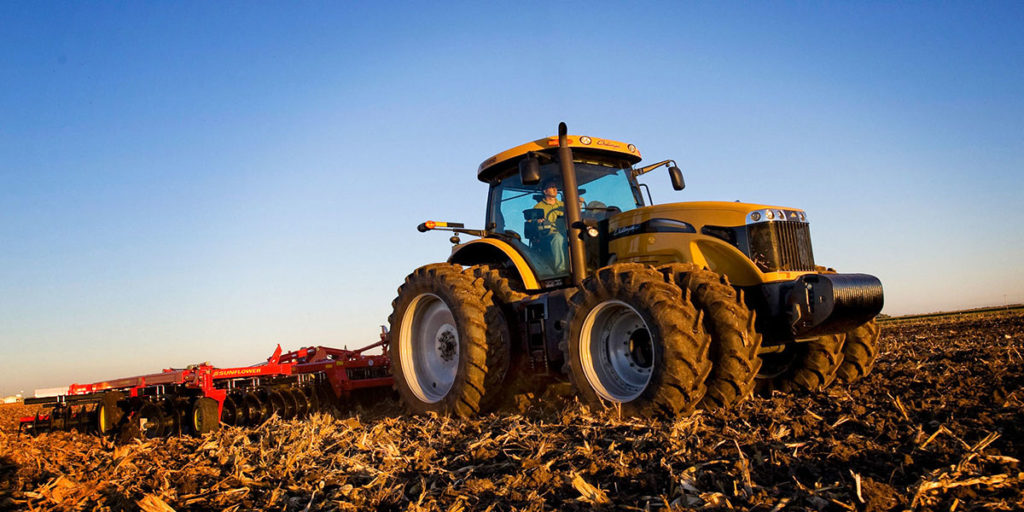AGCO has long been a master of brand management - it lies at the very heart of the company's formation back in the early nineties.
At the time, the machinery industry was in turmoil with manufacturers seemingly being traded daily among the big players while familiar names faded forever.
Other players
Lurking on the sidelines was another large machinery presence in the shape of Caterpillar.Caterpillar and John Deere had enjoyed a love-hate relationship over the years, each eyeing up the other's core business, while often sharing the same dealers.
Caterpillar made its move into the agricultural sector with its range of rubber-tracked machines in 1986. In 2002, it decided to refocus on the construction sector and sold the Challenger name to AGCO who enlarged the line up with wheeled models from Massey Ferguson and Valtra's Brazilian factory.
AGCO ambitions
Naturally, AGCO would wish to enlarge its share of this important market and it appears that its plan is to step back from the Challenger brand and push Fendt instead. The Challenger name has already been withdrawn from Europe and the Middle East, its future in America now looks more uncertain than ever.The latest move by AGCO is to switch to a 'retail orders'-only business model for Challenger tractors.
That is to say that a customer has to place an order before the factory will ship the machine. One effect is to eliminate stocks of tractors accumulating in dealers yards, another is to put them on notice that the landscape is rapidly changing.
The company has also pointed out that it has invested €1bn in the business over the past 16 years and now has a manufacturing capacity of 30,000 units, and that capacity is only two thirds utilised.
All this would appear to herald a new chapter in the ongoing war for sales in North America. AGCO is squaring up to John Deere (CNH is rarely mentioned in dispatches) and, according to trade rumours, John Deere is taking the threat very seriously indeed.Top-drawer tractors
Fendt happily promotes the idea that it builds a high-quality machine with a price tag to match, as does John Deere. AGCO, has firmly parked its tank on John Deere's lawn and the Challenger brand is likely to be a casualty of these latest manoeuvres.
Ripples from across the pond
So what does this mean for the European farmer, particularly those in Ireland?On the face of it, there will be little change.
However, if Fendt comes to be seen as a natural alternative to John Deere in America then the knock-on effect may see them taking sales from John Deere here in Ireland as well.There is also the question of digital management of machines, both on the local and macro scale.
AGCO has nailed its colours firmly to the ISOBUS/Agrirouter mast whereas John Deere is ploughing its own furrow, taking only Claas along with it out of all the major manufacturers.

